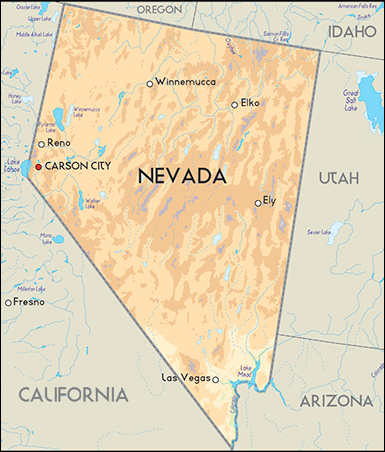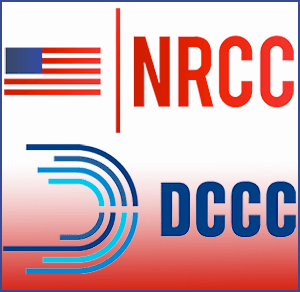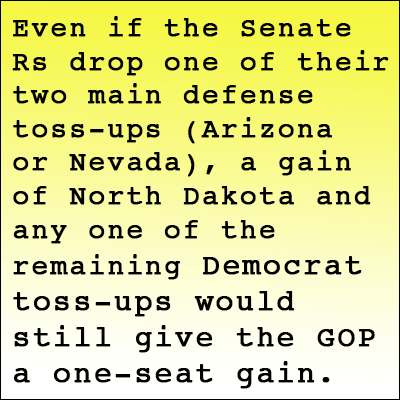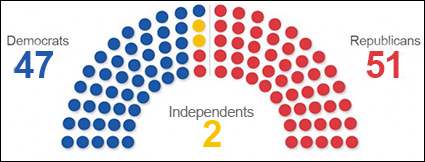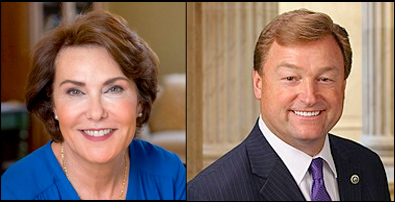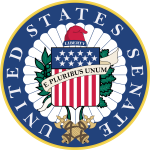By Jim Ellis
 Oct. 16, 2018 — According to the liberal Daily Kos Elections website, six congressional races that appeared to be headed in one direction look to be reversing themselves.
Oct. 16, 2018 — According to the liberal Daily Kos Elections website, six congressional races that appeared to be headed in one direction look to be reversing themselves.
Four campaigns that Democrats earlier projected as red to blue conversions are now either tilting toward the Republican candidate or coming back into play. An additional campaign that we believed was always miscategorized is now performing as we predicted, while a further Republican incumbent, already projected to be in a close race, has actually dropped behind for the first time in a published poll. Descriptions for each of these contests follow.
Two GOP incumbents who were trailing in several polls — the Siena College/New York Times polls had one lagging 15 points behind and the other by 10, for example — have come back to take the lead or are hovering in virtual tie range.
IOWA
Iowa Rep. Rod Blum (R-Dubuque) has represented the most Democratic seat in Iowa for two terms. He fell significantly behind state Rep. Abby Finkenauer (D-Dubuque) to the point where the Democratic Congressional Campaign Committee (DCCC) even canceled a flight of media advertising because they presumably believed the race was sealed.

